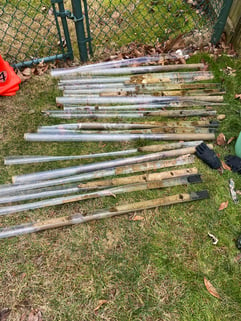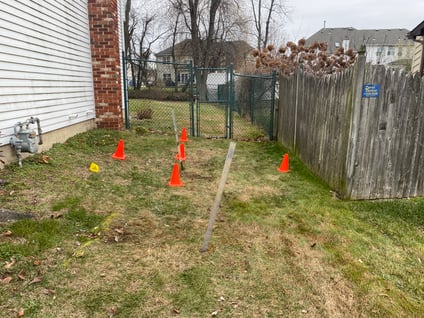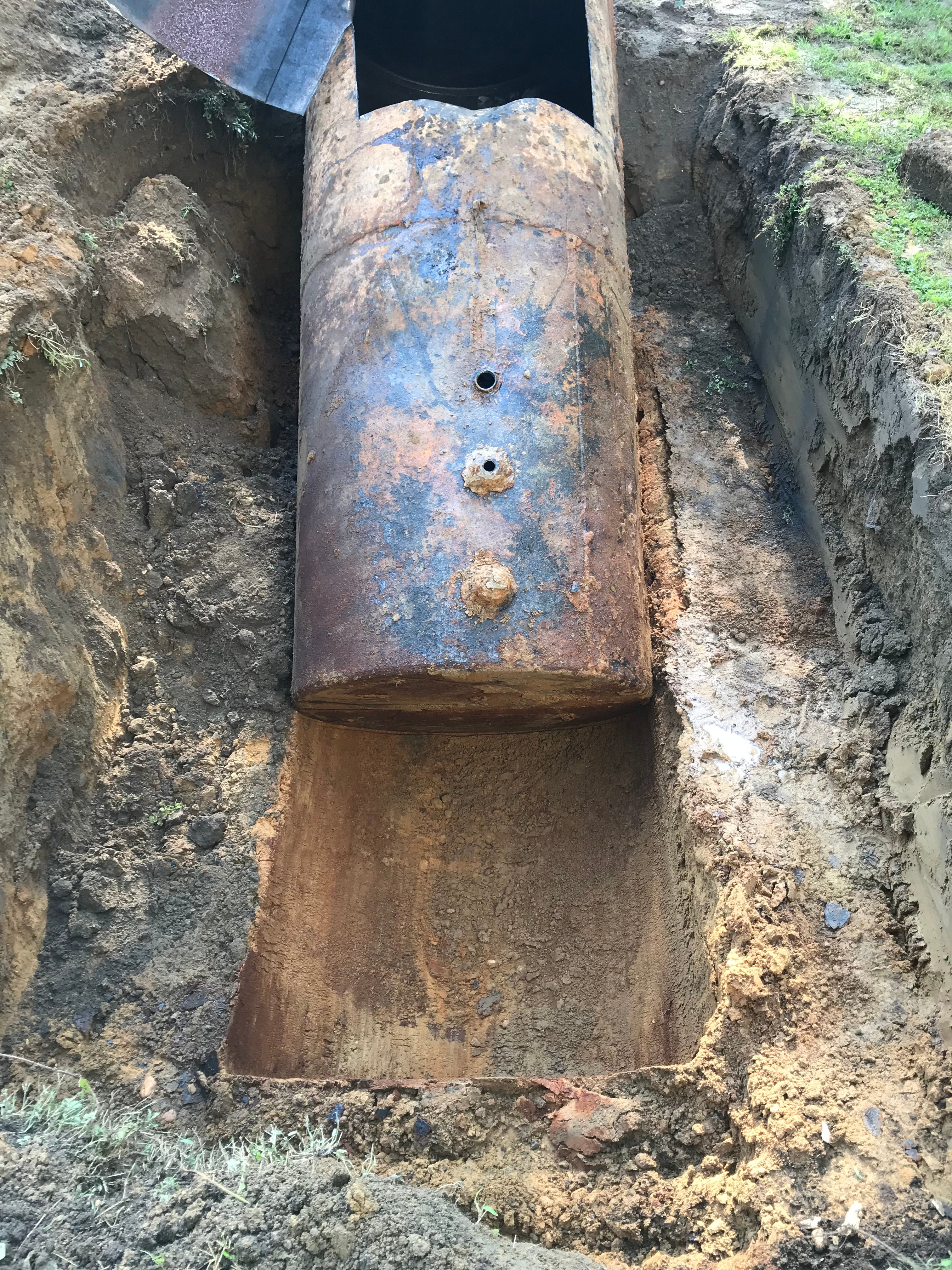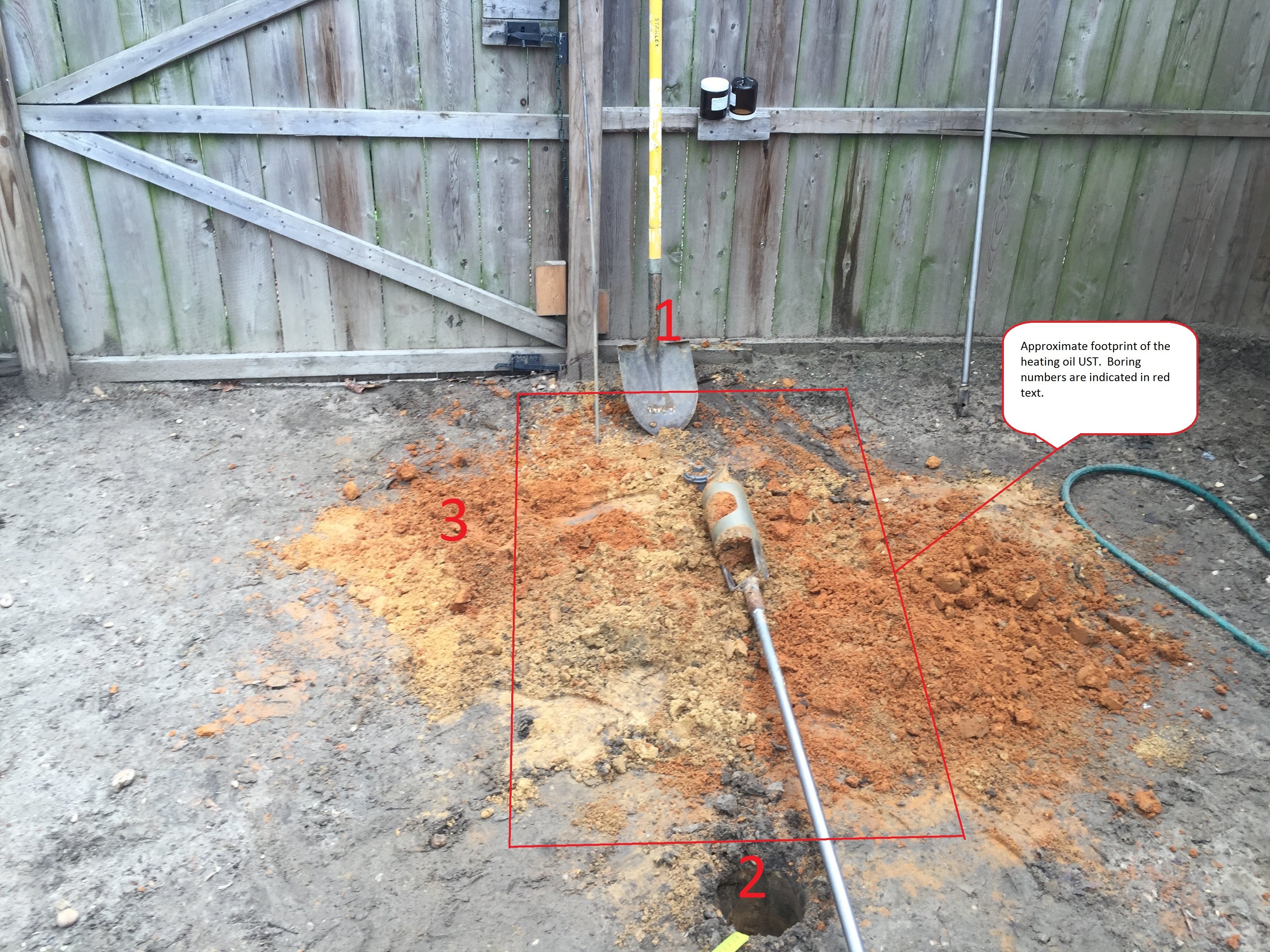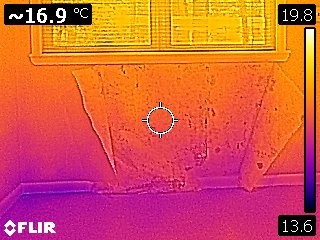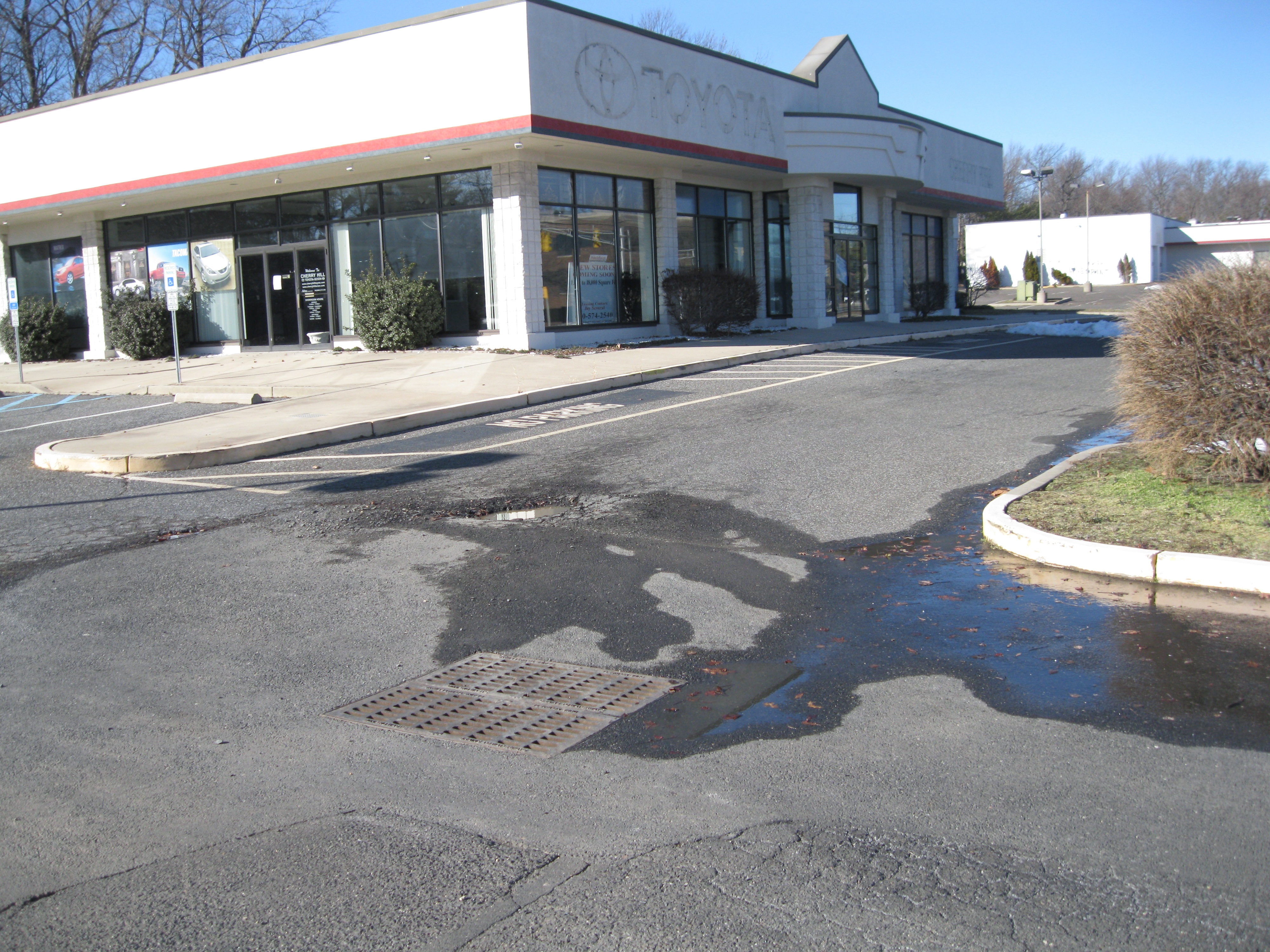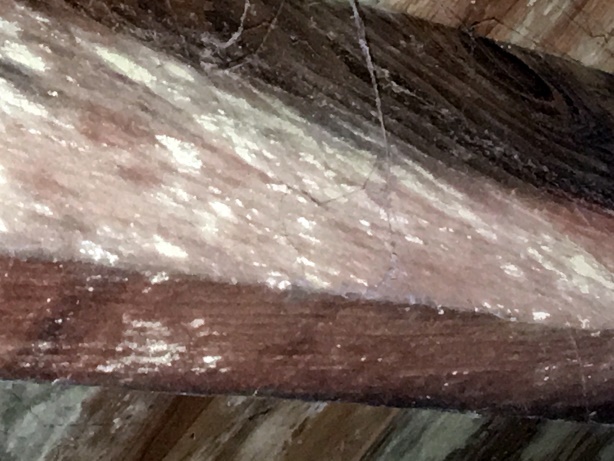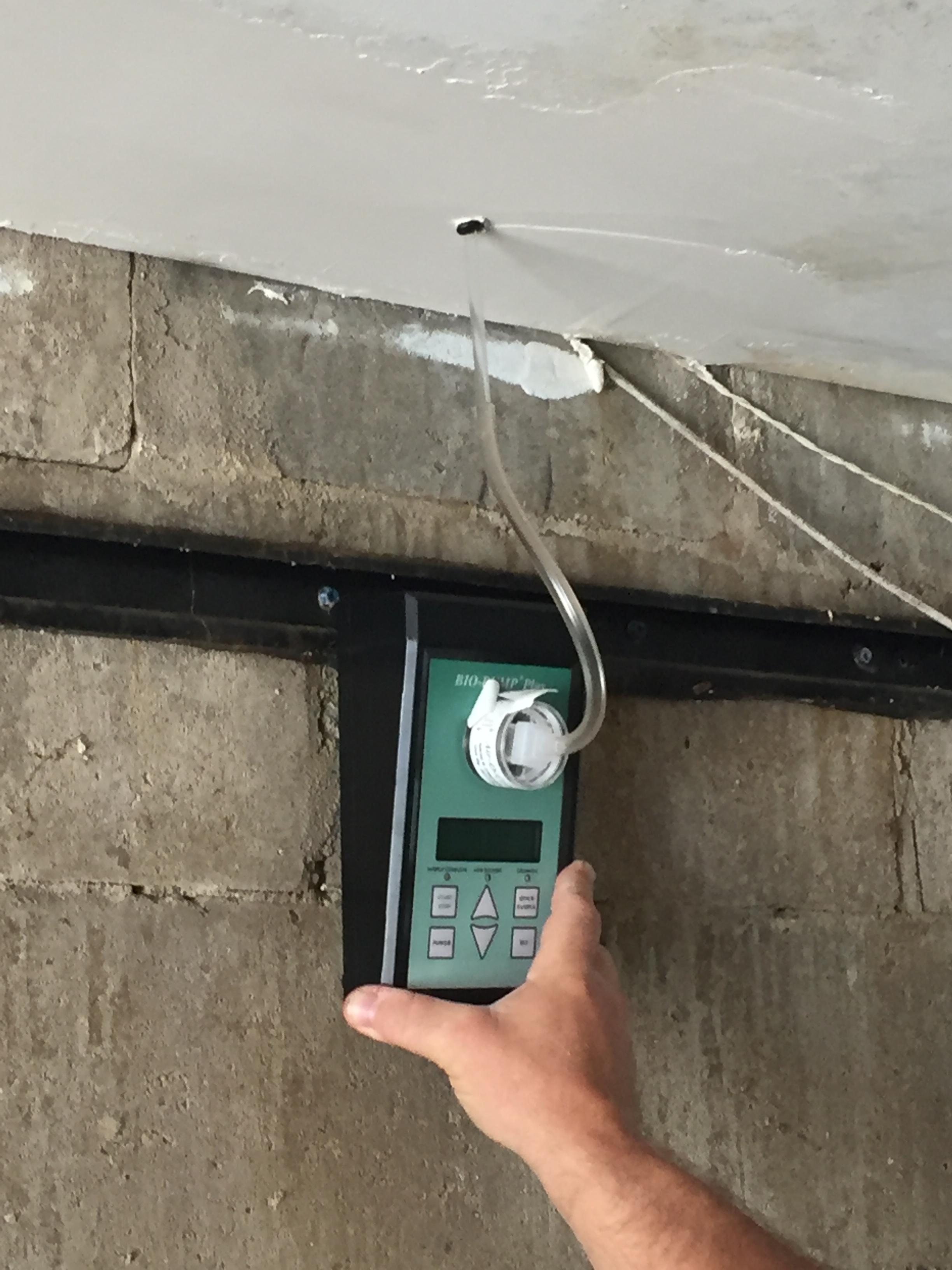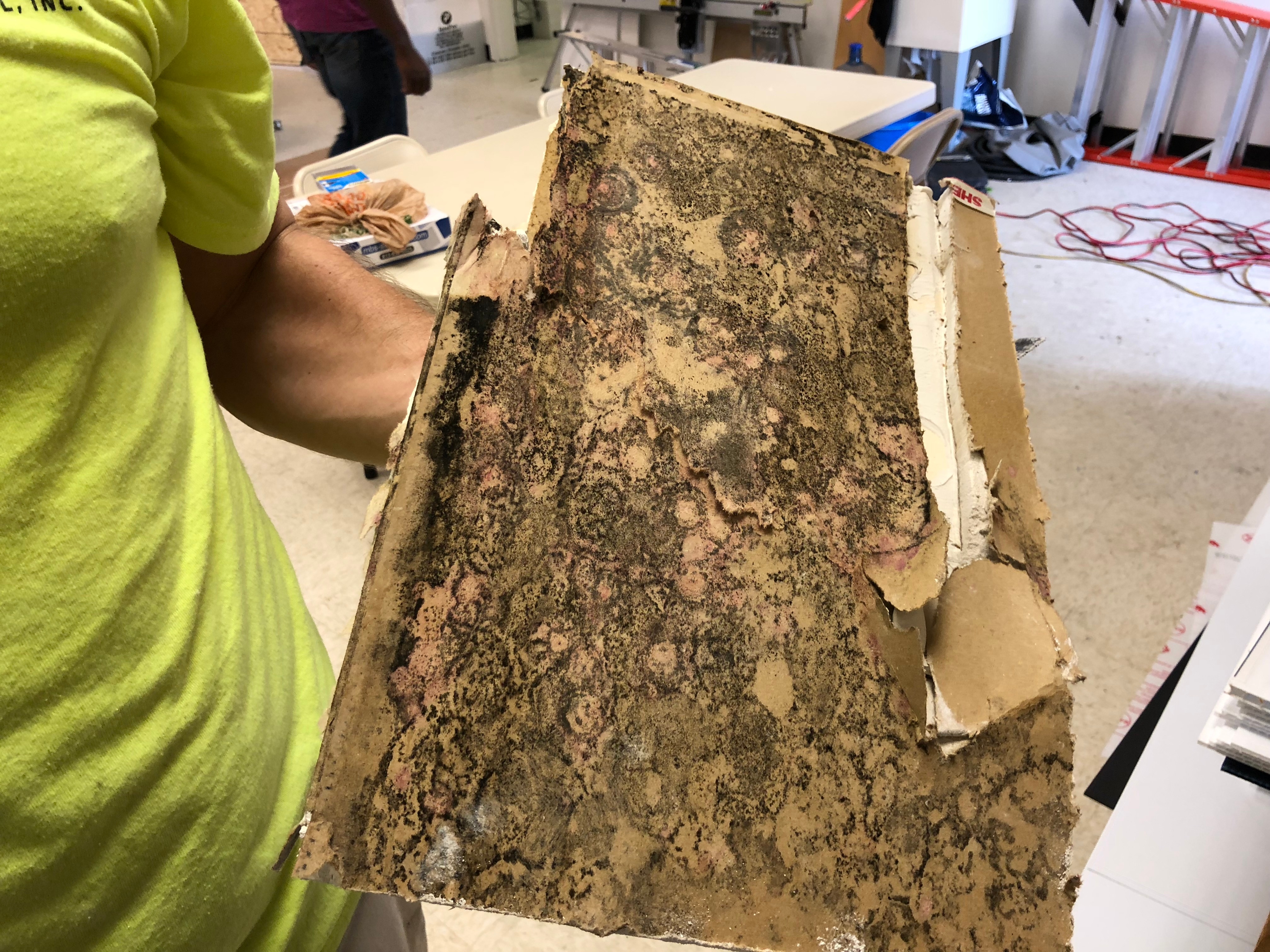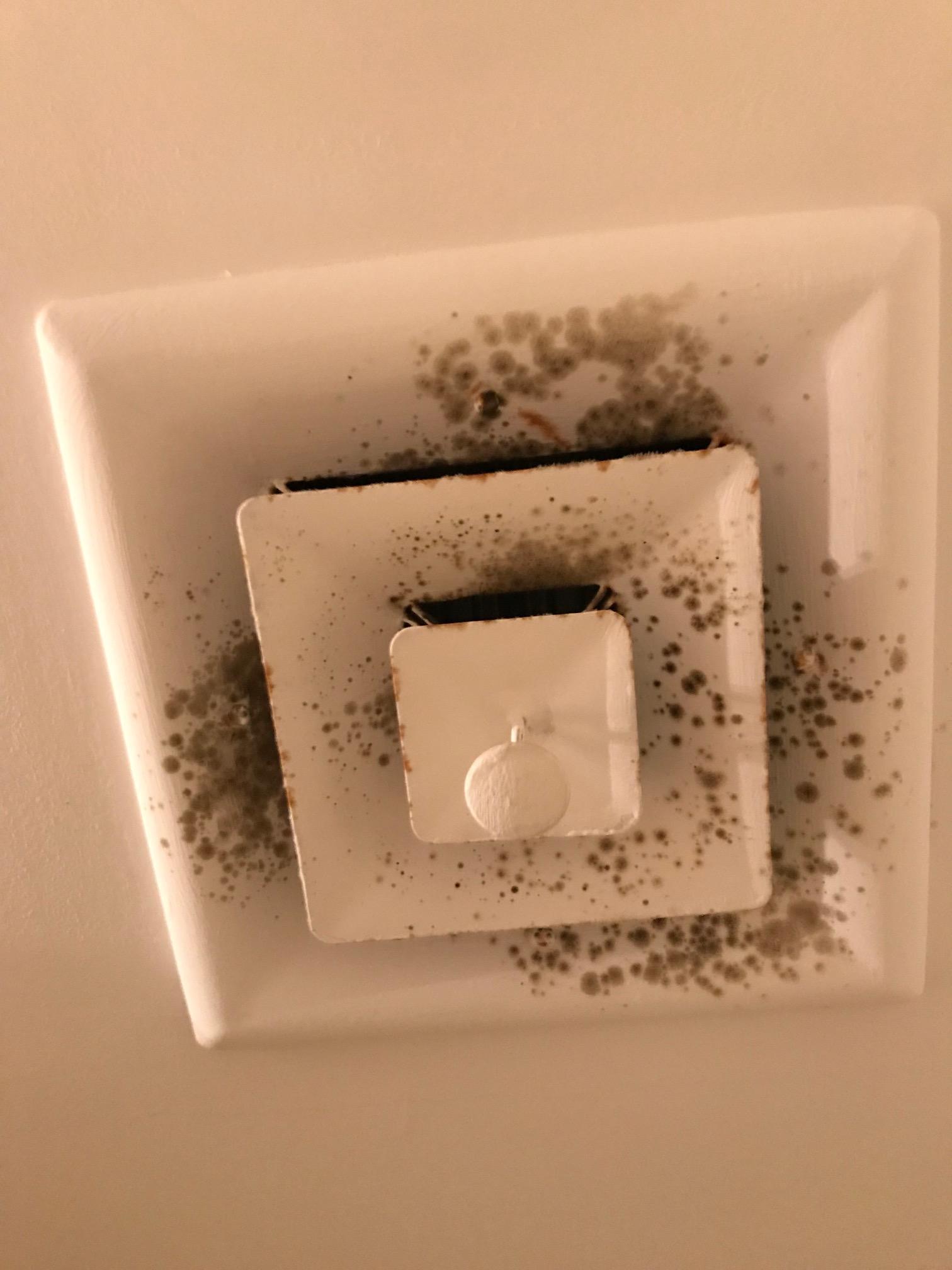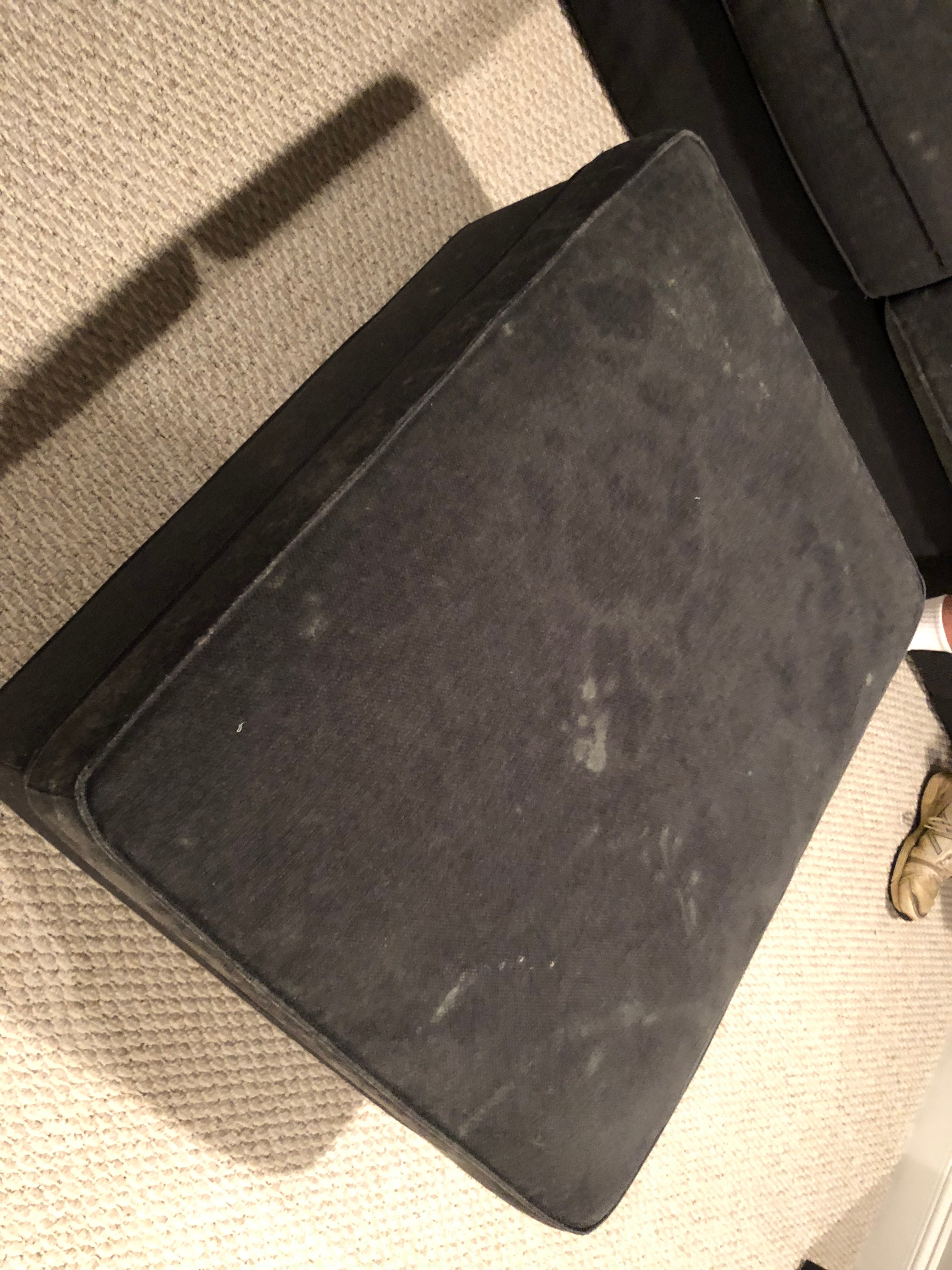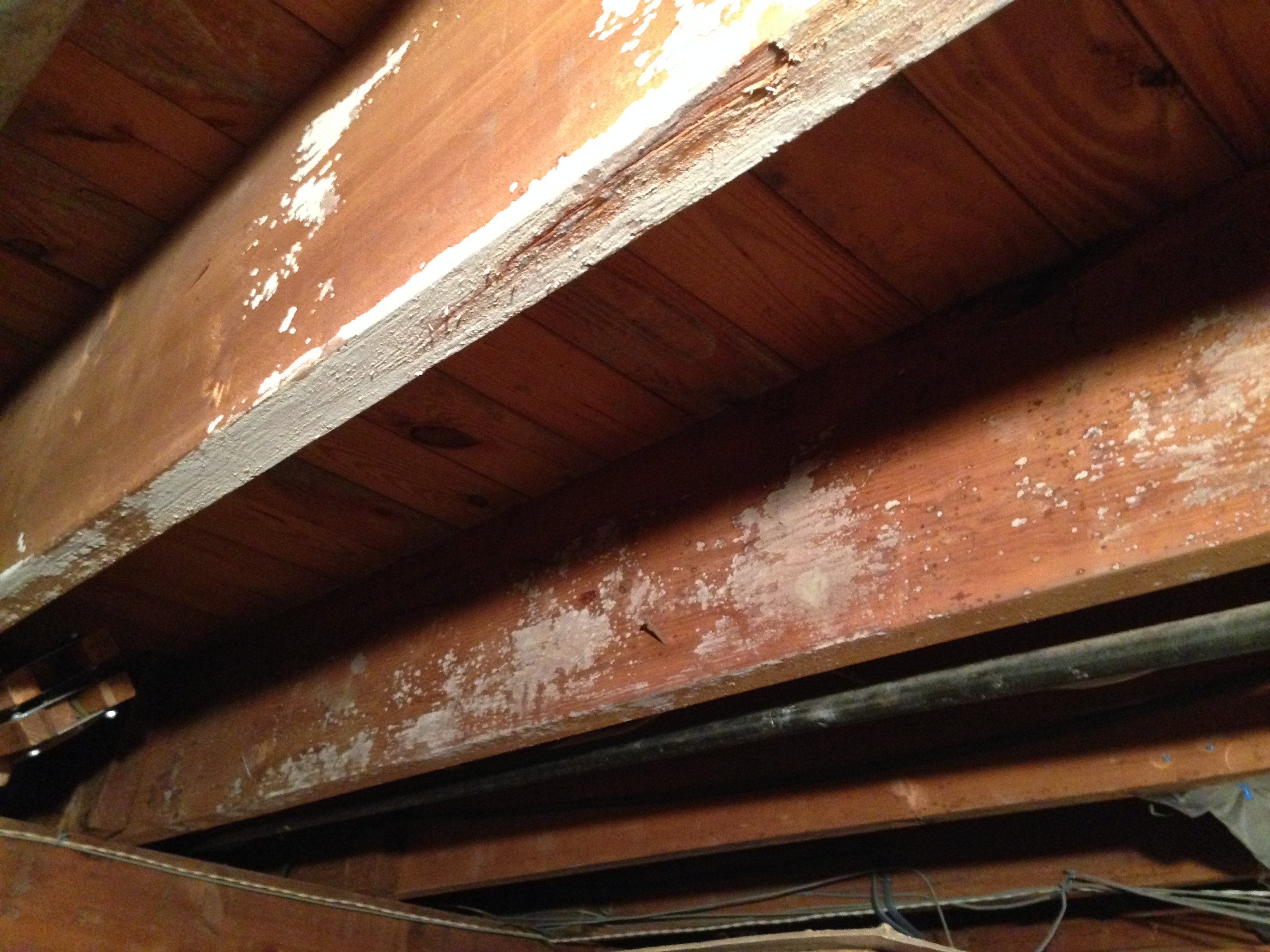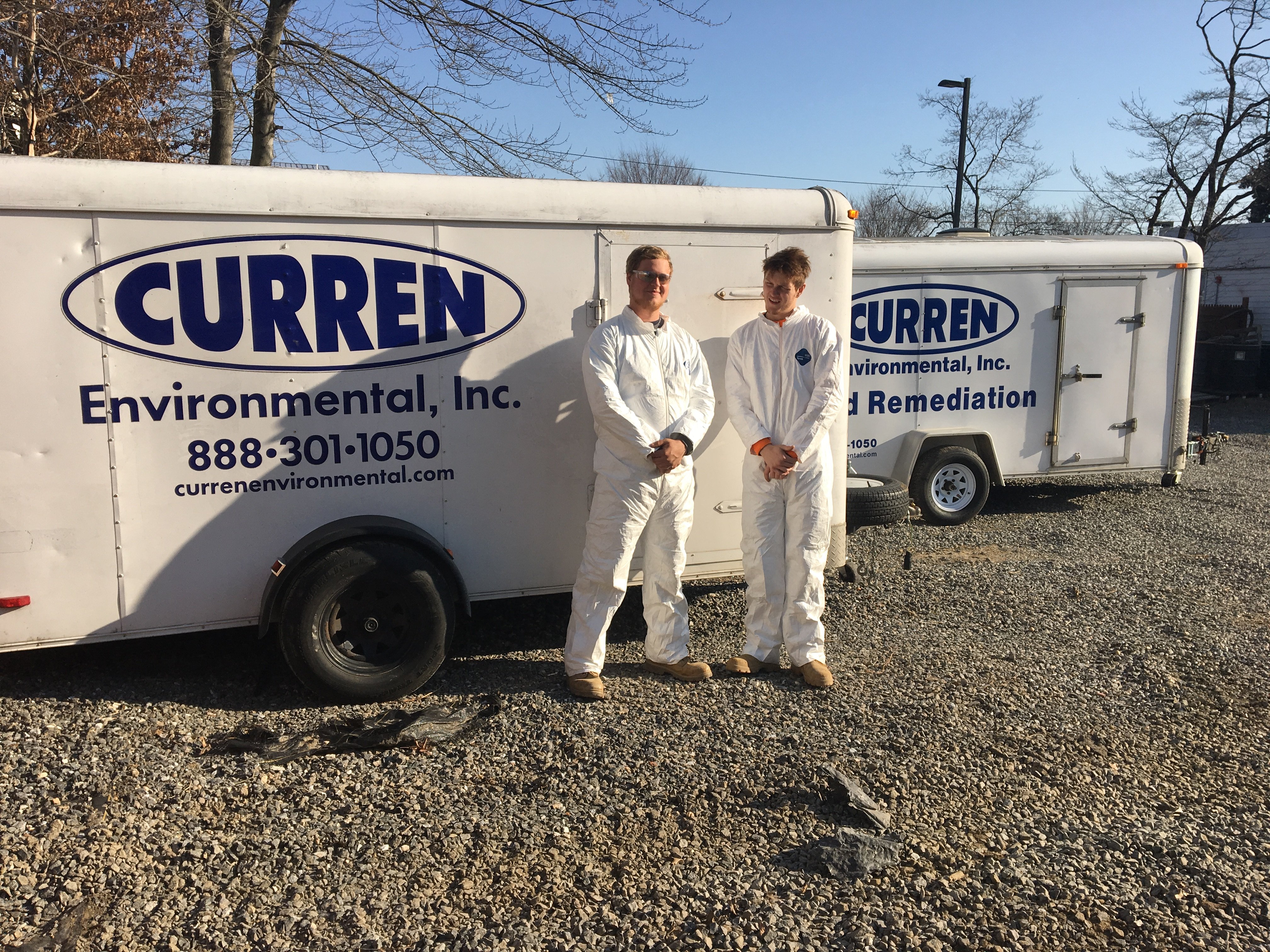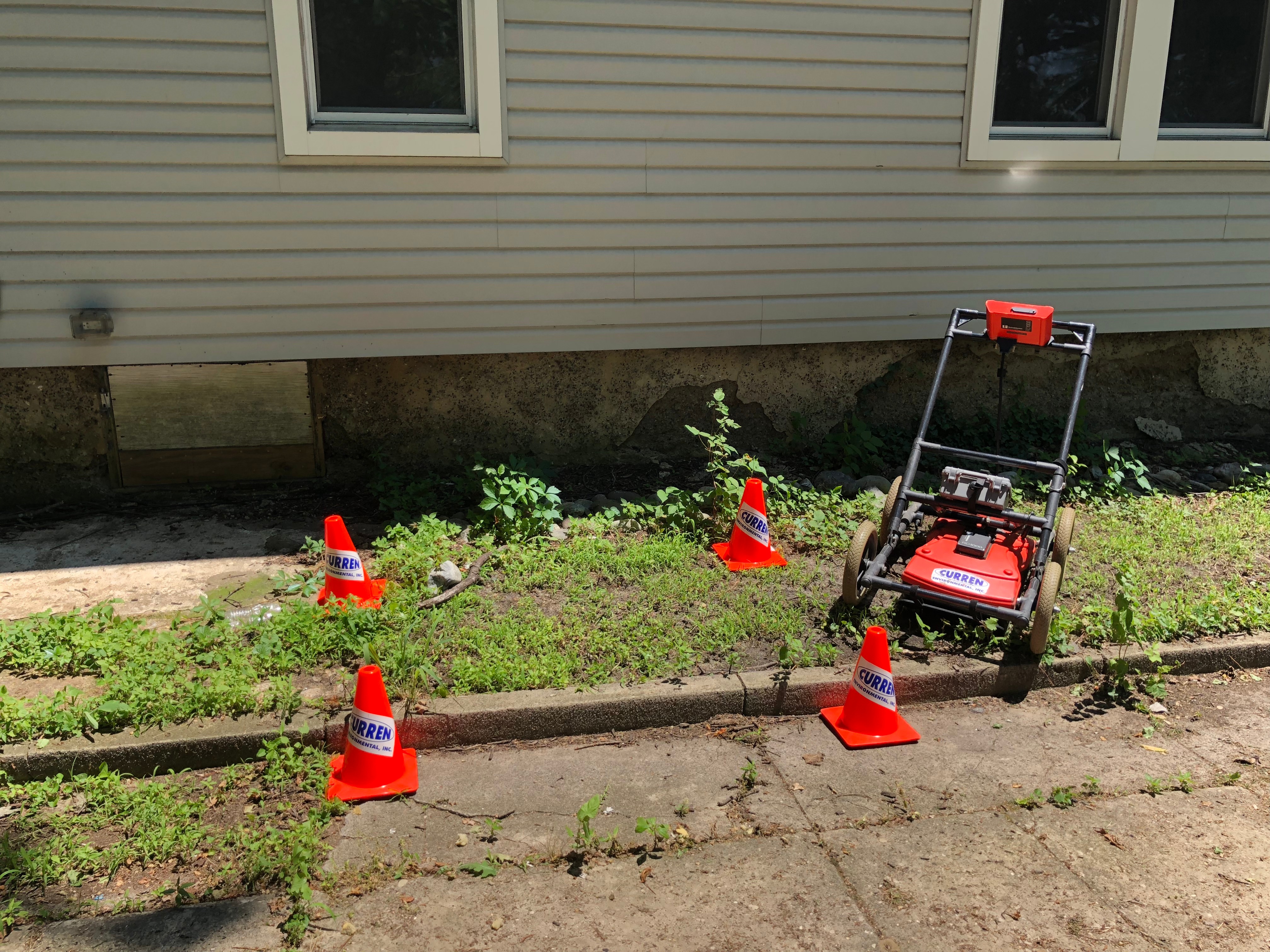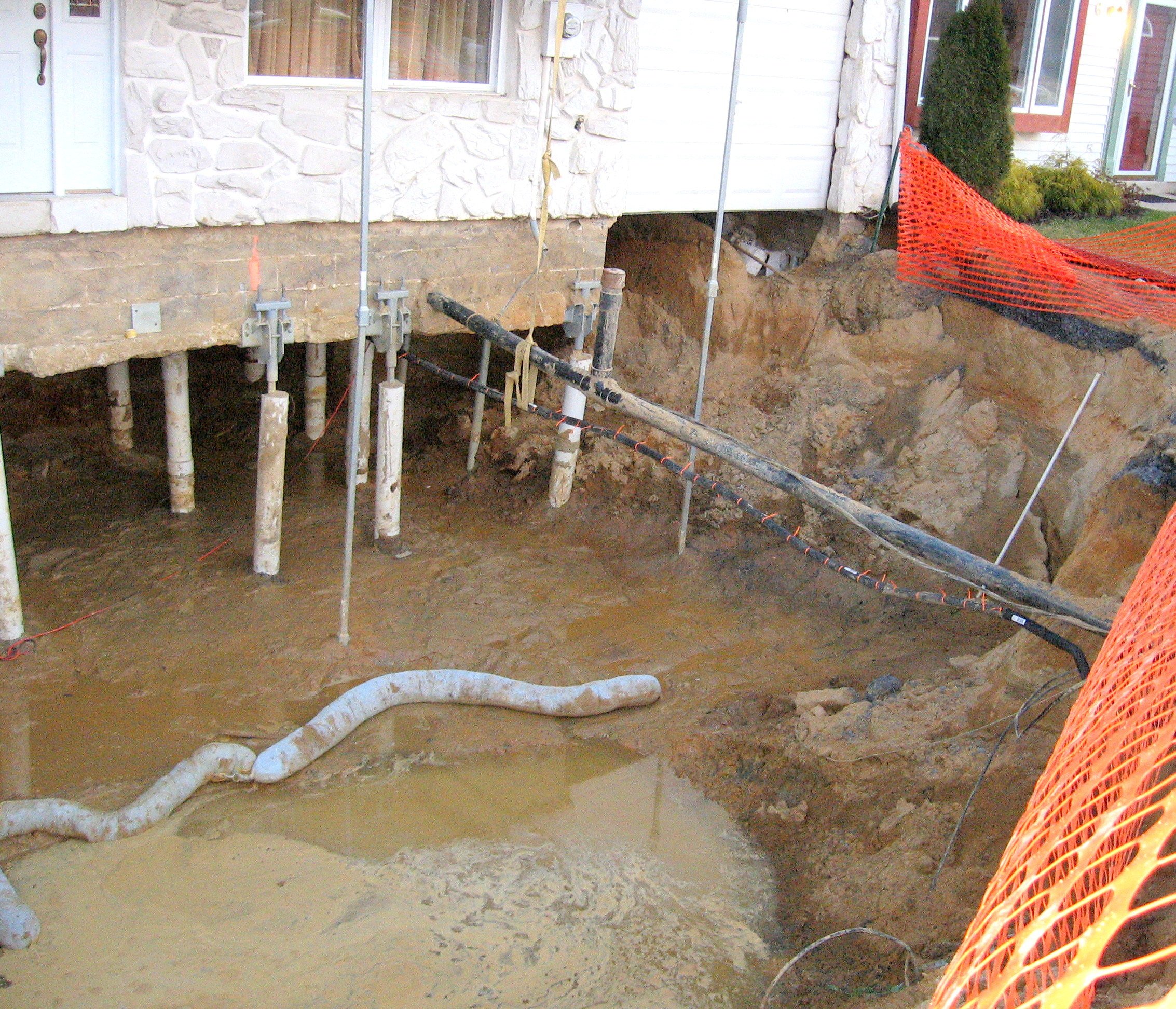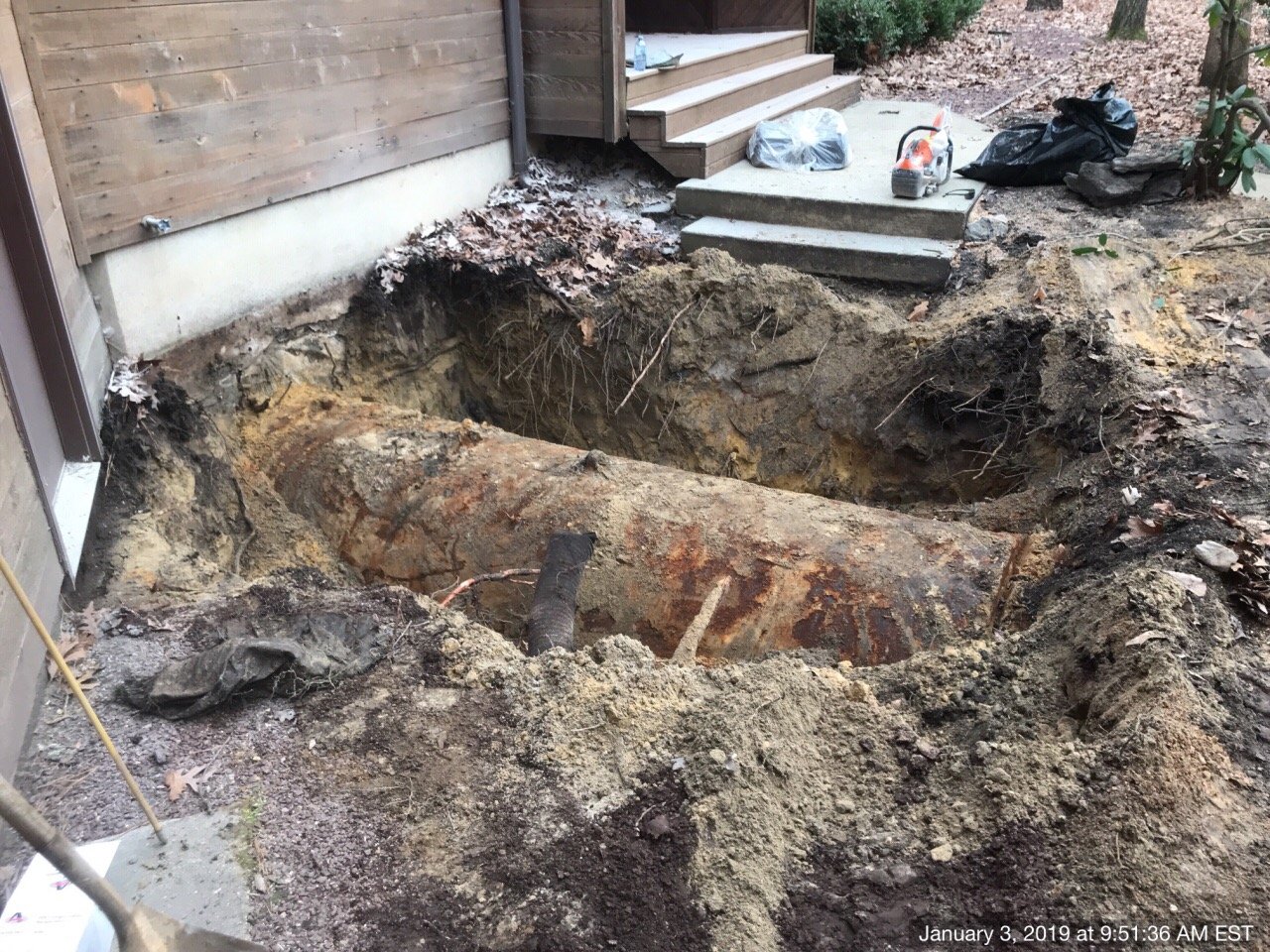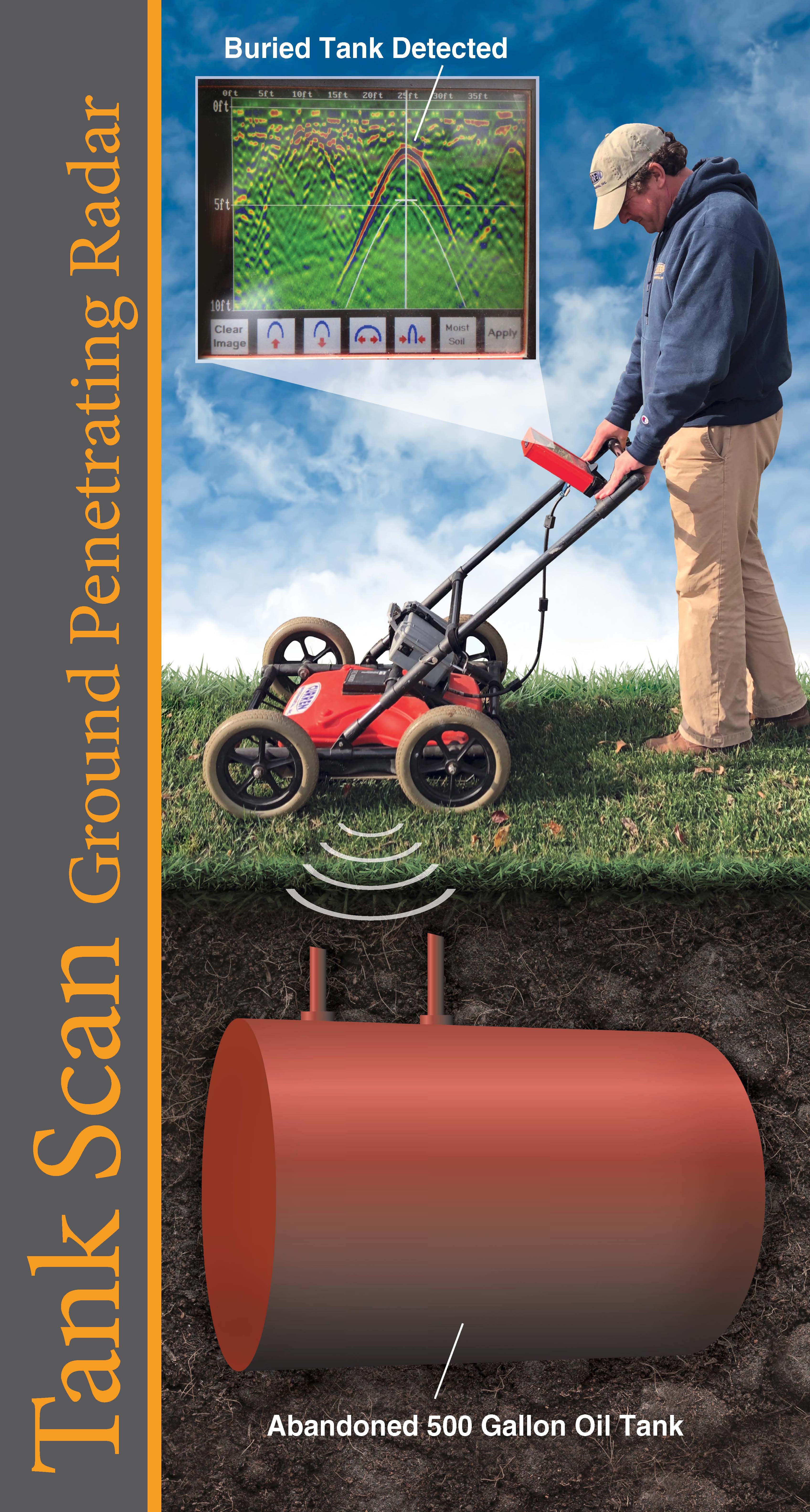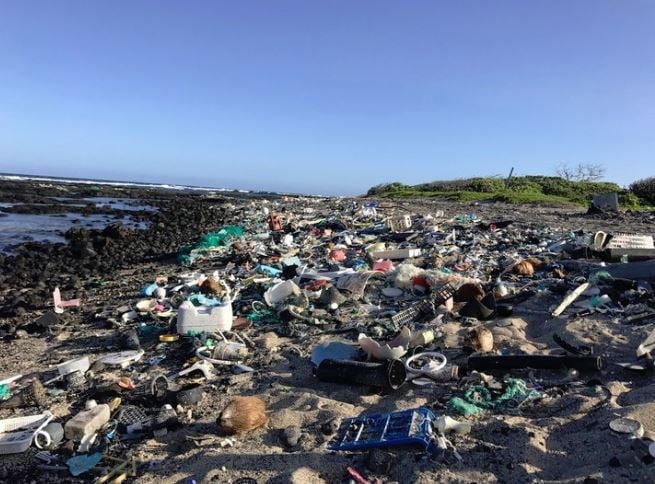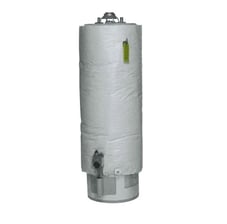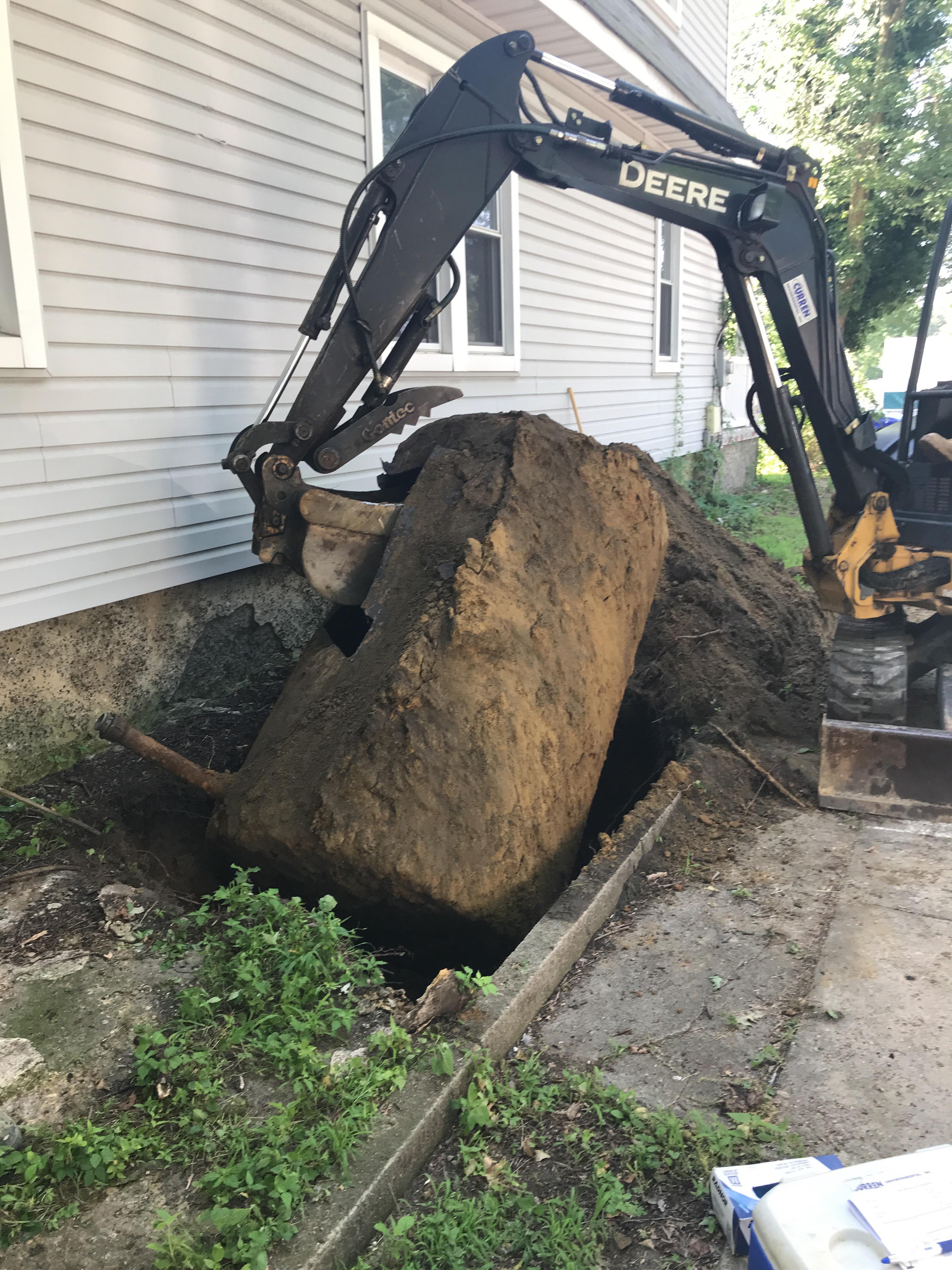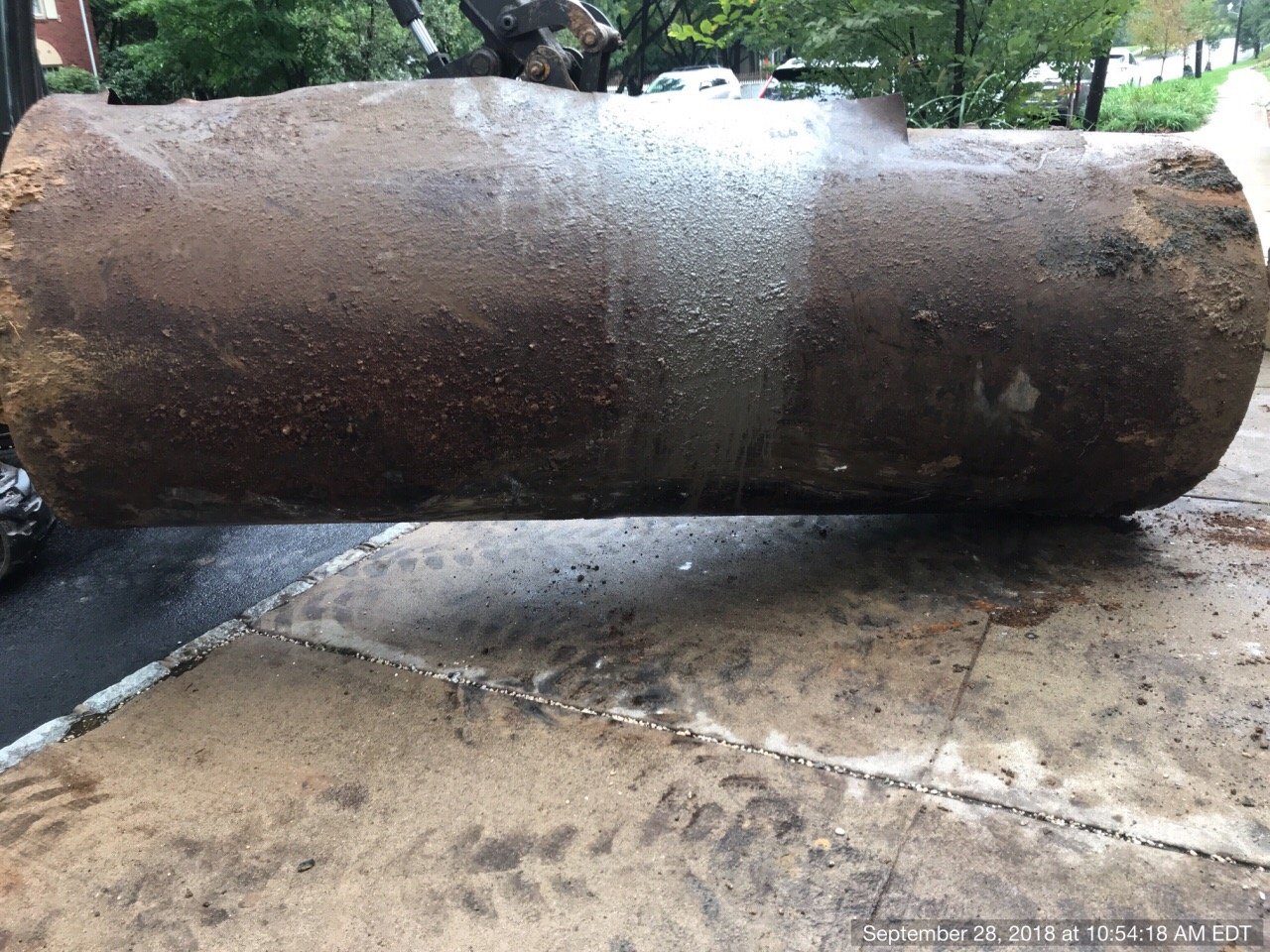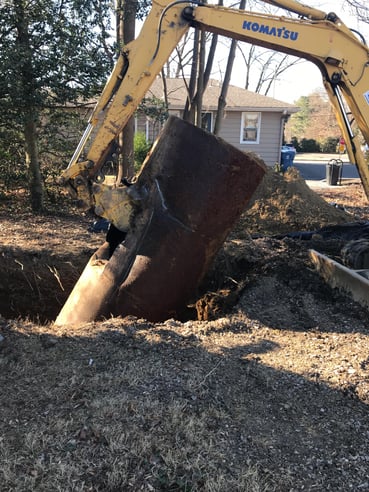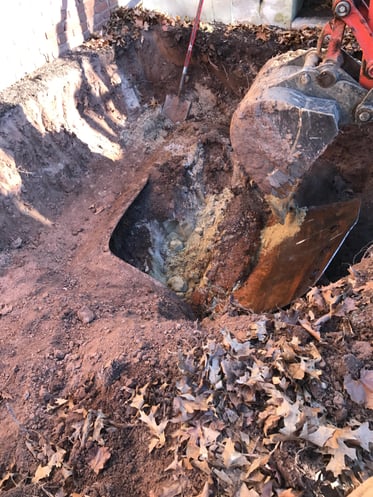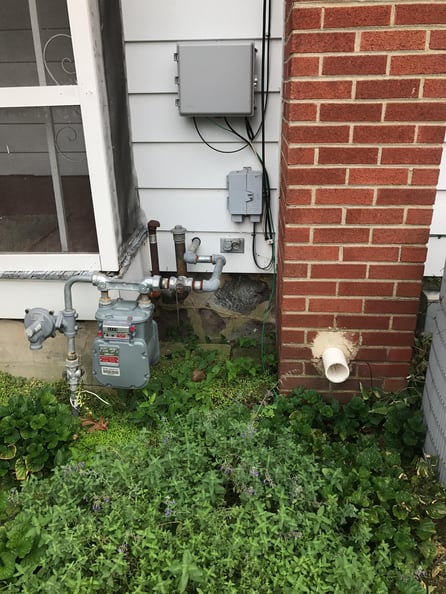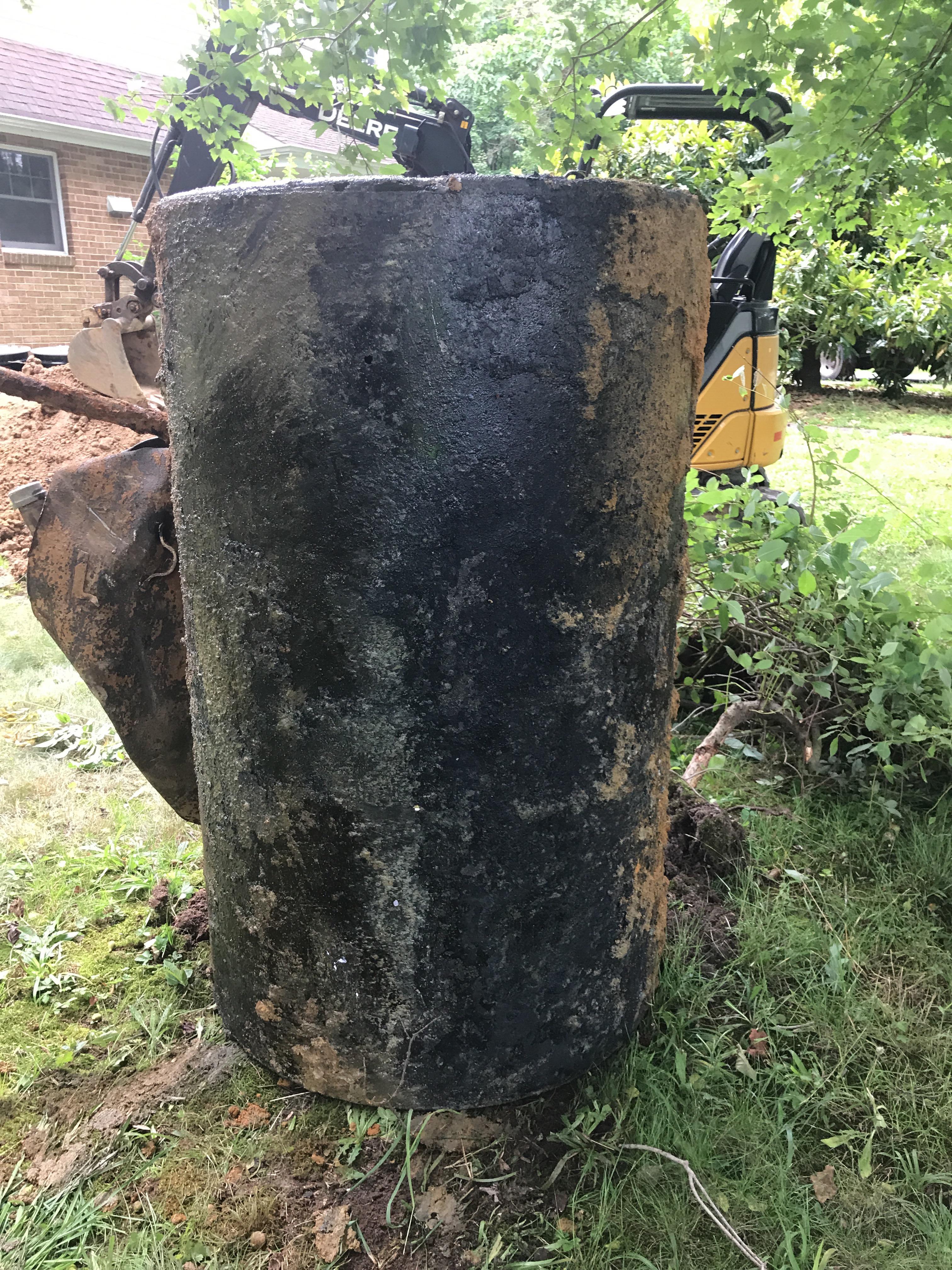Everyone wants to be green, but as a famous frog once said its not easy being green. Working in the environmental field we are exposed to some of the best green practices people can follow. A sad truth of being green is people want to be green on the cheap. These ten green tips can be done free and at low cost, but you will be paying big dividends to the environment.
Here is a bonus tip, share this page, If one person you share this page with does one of the green practices you have helped the environment.
Sign up for our Green Tips, we send a Green Tip via email about once a month.
Top 10 Green Practices You can do on the cheap!
1. Use your reusable shopping bags. Usage rate is under 20%, the top reason, people forget them, 80% of people say they do own the bags. The next time you go to the store, place a stack of bags on the car seat, so you won't forget. For extra measure place a purse or cell phone on top of the bags. Reusable Shopping Bags
Cost = Free (If you own these bags already)
2. Use reusable produce bags. Since your going shopping, why not bring your reusable produce bags? Same as idea as shopping bags, except you realy get any free ones, you typically have to buy them. Unfortunately you rarely see these bags for sale or get them given to you as a freebee, if you click the photo you can find some decent quality bags on Amazon.
Cost = $12.00 or Free (If you own these bags already), most people don't
3. Buy reusable coffee pods. Single serve coffee makers can actually be green, since you are not wasting water or coffe. But when you use the single use coffe cups, you are not being green. But reusable pods.
Cost = $15.00 for 12, split them with a friend and cost gets cut in half
4. Reusable Straws: Plastic straws and other items smaller than two by two inches, such as plastic utensils, fall through the machinery that sorts our recycling.Plastic straw Don’t Get Recycled.
Cost = $6.00
5. At restaurants ask for a straw free table. What is a straw free table? Any table you sit at that the server knows you don't want to use straws. Be real, you are in that seat for a short while, you don't need a straw. Oh and when the server places the straw on the table and you don't use it and think it will get reused? Think again, its gets thrown away of you use it or not. Go straw free.
Cost = Free
6. Insulate your hot water heater. Mom always said to wear layers. So while your water heater has insulation, more is better and cheap. Insulating your water heater reduces standby heat losses by 25%–45% and save you about 7%–16% in water heating costs—and should pay for itself in about a year. You can find pre-cut jackets or blankets available from around $35.00. We like the blankets without fiberglass as the fiberglass jackets can tear when things bang into the jackets. This one can also be reused when you replace the water heater if you are careful taking it off.
Cost = $20.00 to $35.00
6. Wash 95% of your laundry in cold. True only about 5% of clothing requires warm water: READ THE TAG. The average cost of water heating is $41.10 a month with three hours of use per day. People insist on using hot water for washing and cleaning because they believe it removes dirt, grease, and grime better, as well as disinfect the clothes. And that’s true, but hot water also ruins your clothes, causes the color to fade, and shrinks the fabric. You can save energy and money by cutting back on the amount of hot water you use to do laundry. With cold-water detergents, the cleansing enzymes are designed to work better in cold water. Just look for COLD on the label, they are the same price as warm water, you just don't have to pay for hot water.
Cost = Free * these are typically the same price as warm water detergent
7. Stop using plastic water bottles. Did you know in the 1980's, the big beverage companies saw the decline of carbonated soda? Perrier became popular in the 1980's. We have been slowly weaned onto using single serve water bottles, which we all know are terrible for the environment. The two biggest reasons people bottled water is concerns about water quality and laziness. I cant help about laziness, but if your home refrigerator dispenses water, it has an inline water filter, typically carbon filtration which is a universal filter. You can fill up your REUSABLE water bottle from your refrigerator. Fact, did you know many bottled waters are tap water?
No doubt you have multiple bottles at home you can use. We particular like the Swell brand, liquids stay cold all day, this 25 ounce bottle is a bounty of a thirst quencher and the wood finish makes you look like a real tree hugger.
Cost = Free* to $31.00 *Odds are you already have a reusable bottle
8. Go paperless billing. Most all bills you receive can be converted into an electronic ebill (bill is emailed to you). Ebills, save postage, fossel fuel as no vehicle must transport the bill and lastly paper. Most people pay bills online anyway saving postage, so why not receive your bill on,ine as well? 66% of bills are still mailed. Lets get it below 50%.
Cost = Free
9. Air seal your home. You have air leaks for sure. Every catch a mouse in the house? They come through gaps. Go in your basement during the day and turn off the lights. Look for light shining through. Common openings are where hose bibs exit the foundation, where the sill plates meets the foundation, holes where you may have drilled to run a pipe or cable. Fill these gaps with foam.
Cost = $6.00/can
10. Improve your windows. Many windows leak air simple because the window is not 100% square in the frame. Replacing windows is expensive. Two simple things you can do. One place foam insulating tape on the bottom of the window where the windows sits in the bottom of the frame. This little trick can help seal the window by helping the window be square in the frame and having a tighter seal. The 2nd tip is to have working locks on your windows and locking them, which further squares the window. We do mold inspections and check windows. On average 30% of windows are not locked, which allows air to leak in.
Cost = $10.00 * about 30 windows
Sign up for our Green Tips
we send a Green Tip via email about once a month.


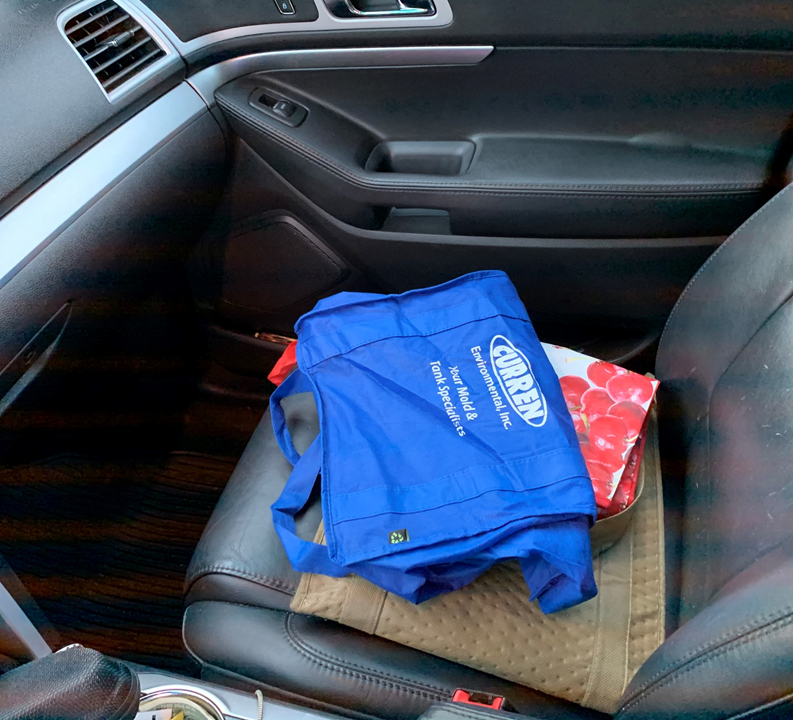
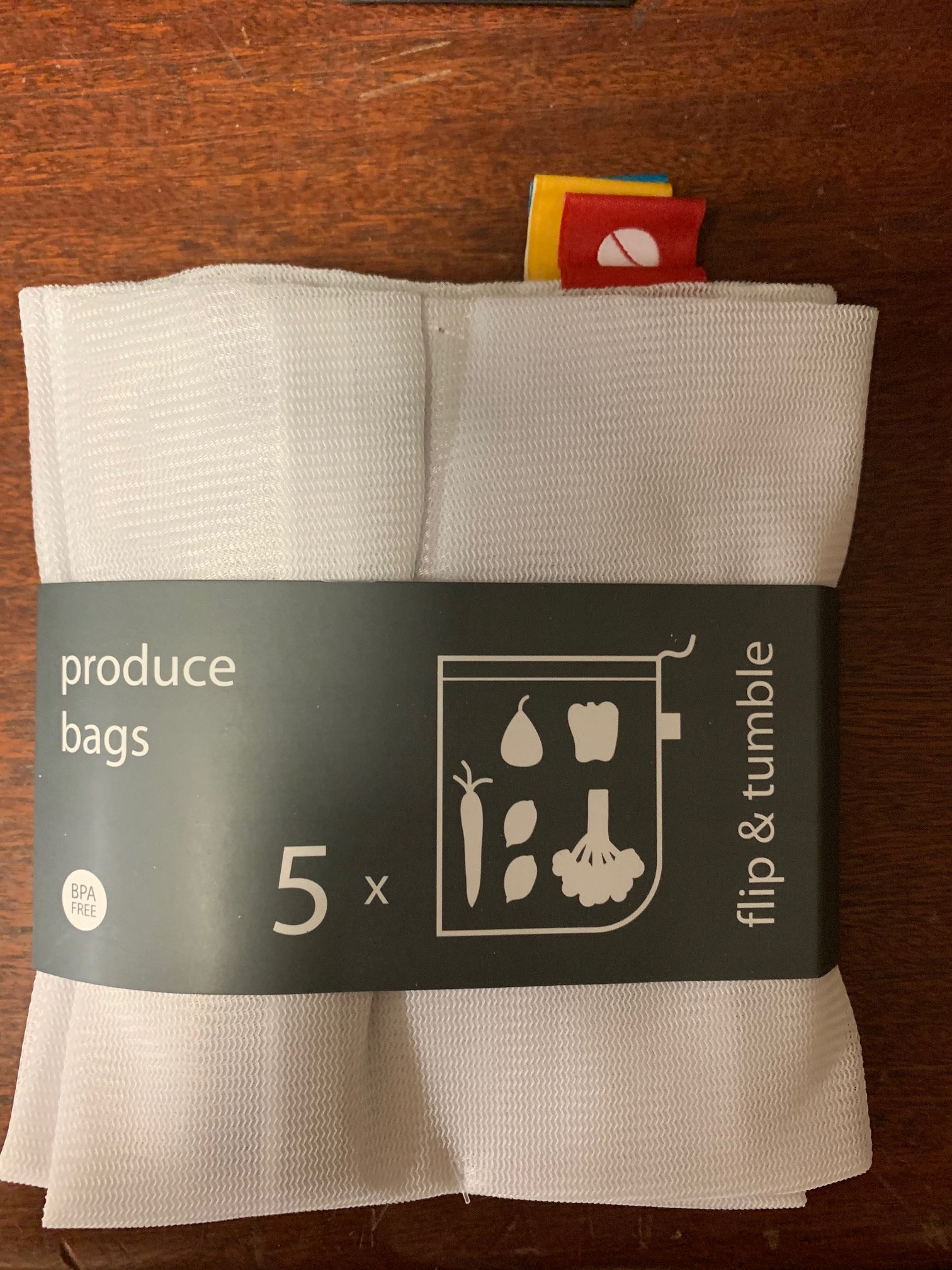

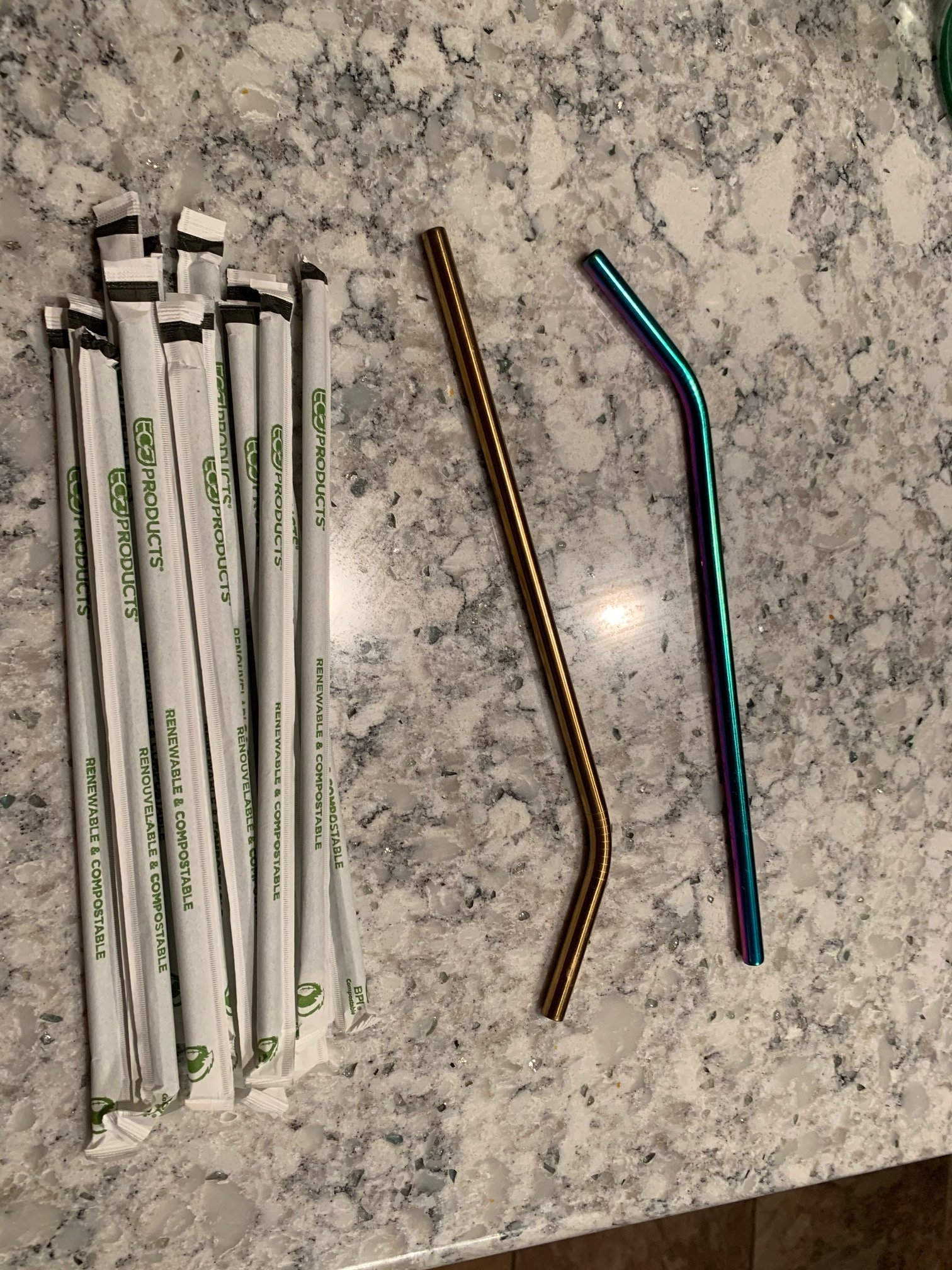


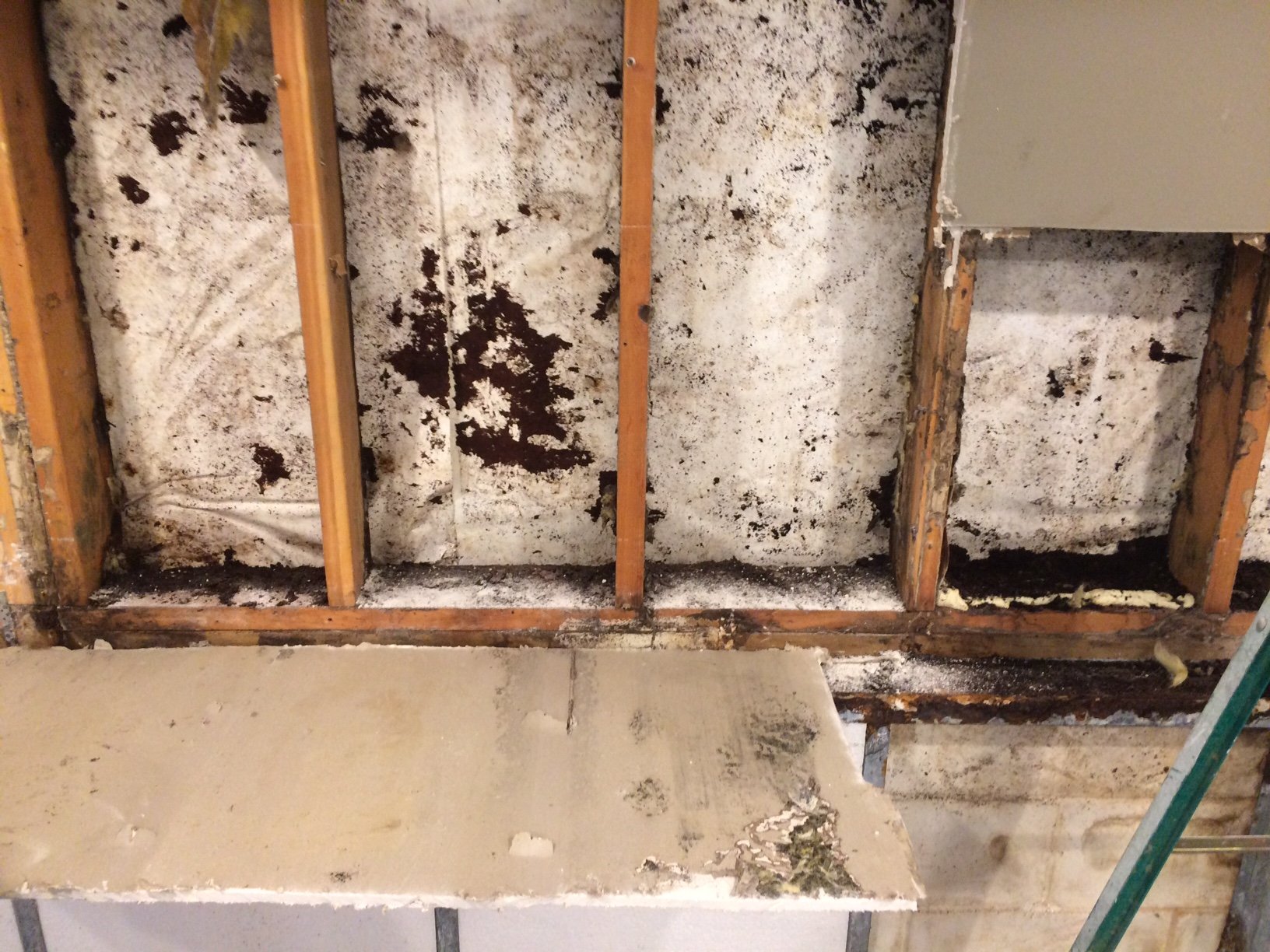
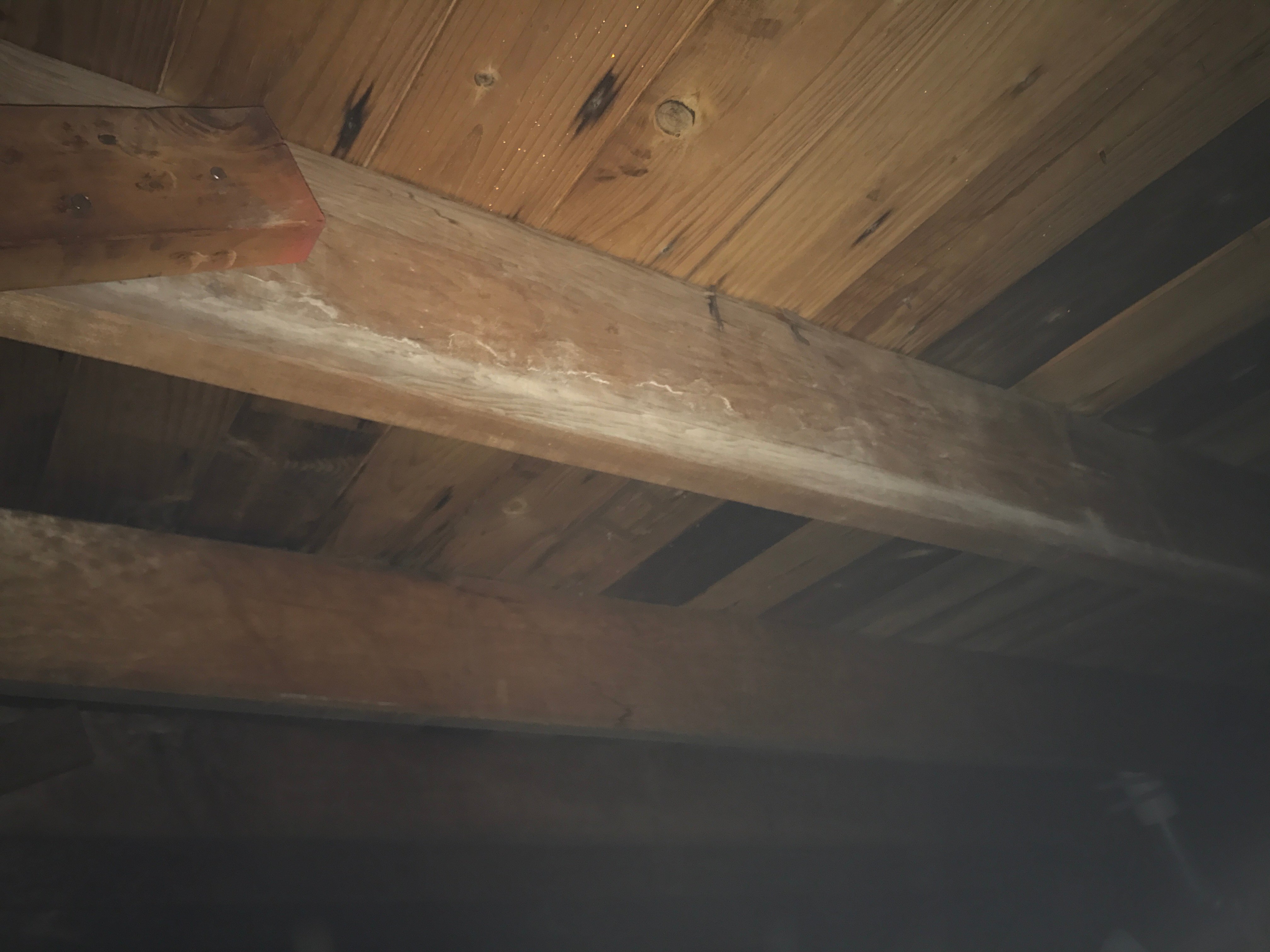

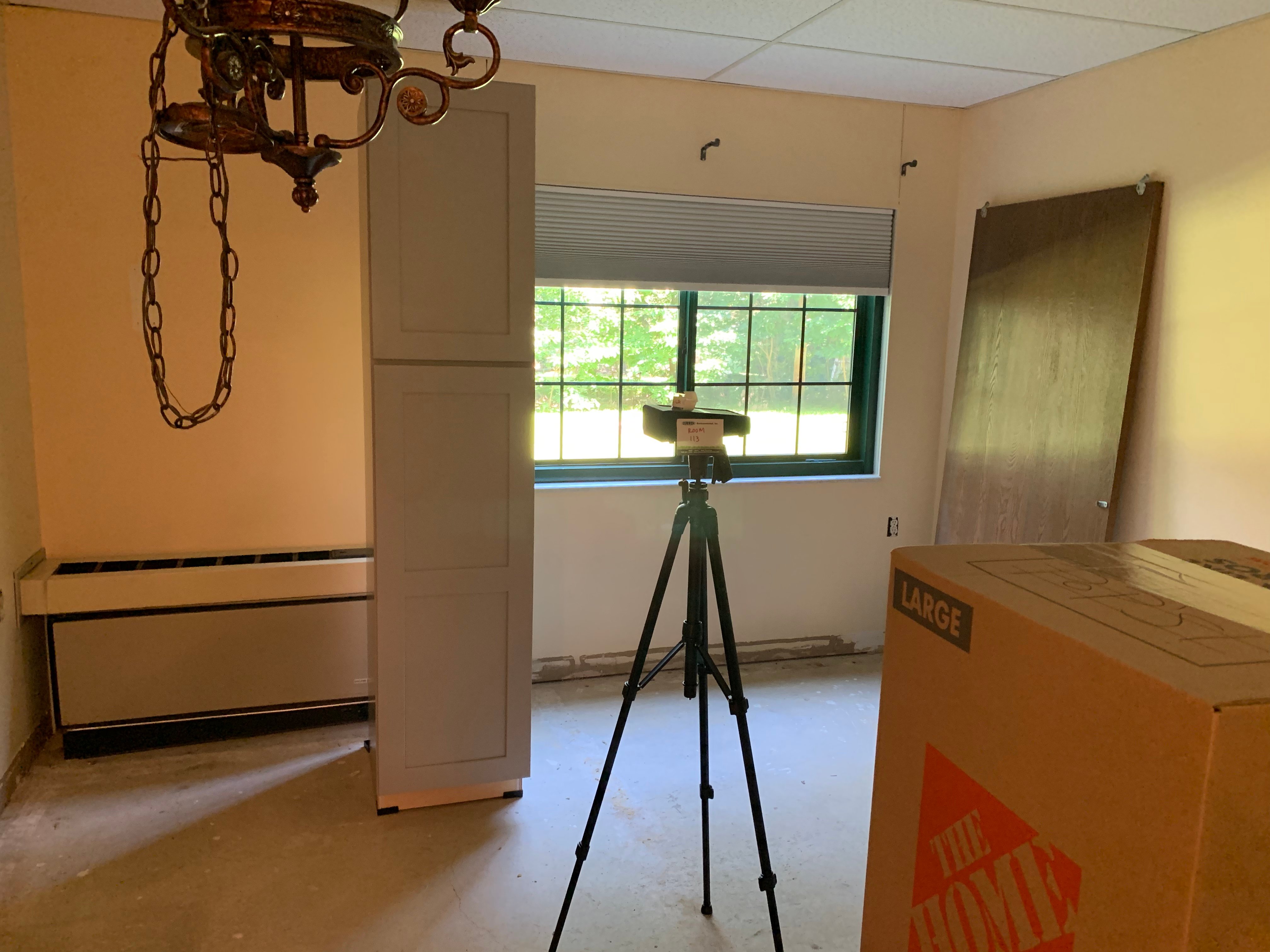
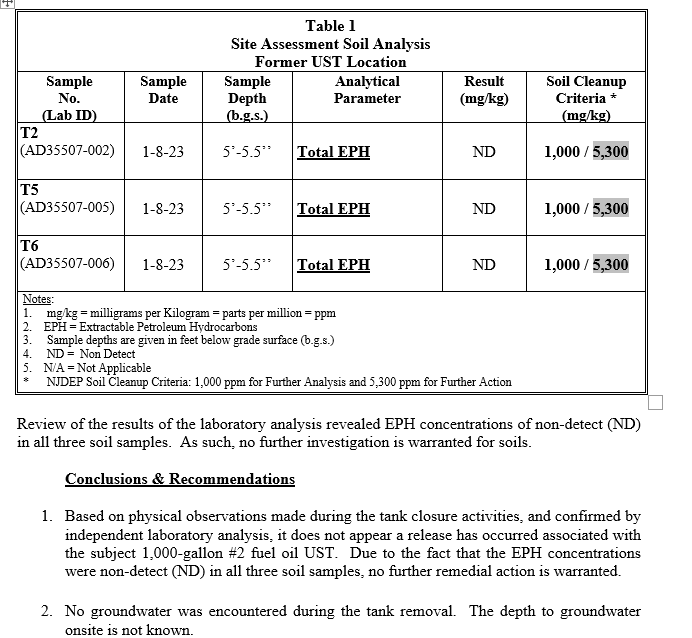
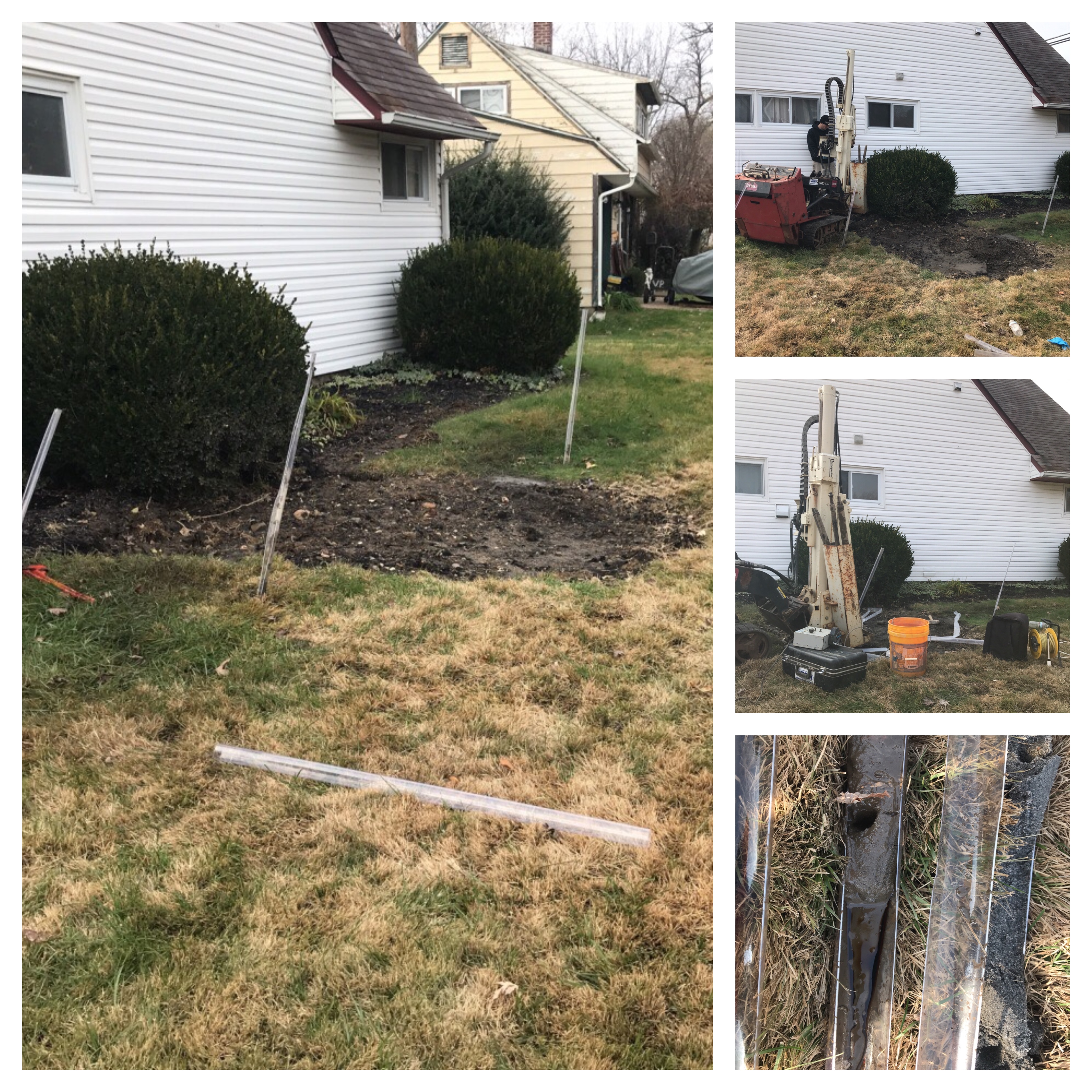 Example photos of soil sampling in a previously removed underground oil tank area.
Example photos of soil sampling in a previously removed underground oil tank area.